What I knew of Cambodia before I came here is sad. Spillover from the Vietnam/American war. Followed by genocide of their own people (3 million murdered/starved of a population of 8 million). Followed by invasion by Vietnam that stopped the genocide, but aside from that hasn’t done any favors for the remaining Kampucheans (interesting discussion about this between present day Cambodians and Vietnamese in the comments section of this blog post). This is a beautiful yet poor and sad country (Siem Reap / Angkor Wat is like an island in this, which I’ll report on soon).
I met two men. My tuk tuk driver in Phnom Penh, Teah, and my Angkor Wat guide, Densith. Born in 1977, when the Khmer Rouge was killing everyone, including infants, Teah’s family miraculously escaped the genocide, while losing all their property in the big relocation. Densith was born in 1973, so was a child then. His father was murdered, and his grandparents starved as so many did in the forced relocation to the country. For more background on the Khmer Rouge regime in the late 1970s, go here. But the quick summary as I learned it from these men who lived it was that the US/Vietnam war left the eastern part of Cambodia in ruins and instability, after many “illegal” bombings pursuing the “illegal” North Vietnamese whose Ho Chi Minh Trail supply trail went through Cambodia. I read that the US dropped more bombs on Cambodia than they did on North Vietnam (sources here, here and here). As a result, the existing Cambodian government was weak, and a school teacher named Pol Pot took over with an extreme vision of Communism. The Khmer Rouge divided the population up into “old” citizens and “new” citizens. The “old” citizens were the problem and were enemies of the state. They were basically the intellectual and professional, and just generally educated, social class. They mostly lived in cities, like Phnom Penh. The Khmer Rouge saw the only way to attain their vision of society was to forcibly move everyone out of the cities into the fields to work as farmers. Which is what they did.
Image Source://cityofwater.files.wordpress.com/2012/01/untitled.png
They also saw a need to eradicate the “old” citizens, and through systematic killing, did just that. In addition to outright murder, the city folks had no clue how to grow food in the fields, and so starvation was another cause. Again, in all 3 million of 8 million died during the late 1970s. In trying to make sense of this, in the same way I tried to make sense for myself of the war in Vietnam, I visited the “Killing Fields” memorial and “S-21”, the brutal school turned interrogation/torture center in PP (official site here). I saw horrific images, but will not include most of them here. I’m sure you can find the terror online. But here’s a sample of what I saw.
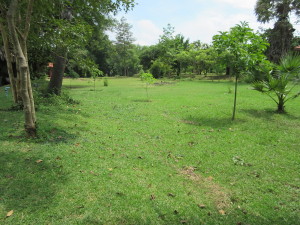
Benign looking now, but this is where many of the tens of thousands were killed, typically not with guns, but with crude weapons. Sticks, shovels, axes, etc. The site is just one of hundreds of killing fields throughout Cambodia. This one is where the biggest memorial is. Outside of Phnom Penh.
This only happened 35 years ago, so anyone over the age of 35 now…was here. And I didn’t meet, and talk, with any Cambodian (Kampuchean) that did NOT have some personal and/or family connection with tragedy from that time. And it still goes on. Landmines are all over the place, in the country.
Densith, my Angkor Wat guide, told me how the Khmer Rouge soldiers, on the move, would make camp and line the perimeter of that night’s camp with landmines for protection. And when they moved on the next day, they left the mines, unmarked. So these little caches of landmines are everywhere. Still. And people are still dying and getting maimed by them.
Several other people I talked to were quite adamant that the war is not over. They call it the “Cold War” with Vietnam, and their own Cambodian government the “puppets” of Vietnam. I have not had a chance to corroborate any of this, but the claims I heard more than once include:
- Of the $200 million in ticket revenue earned from Angkor Wat, the overwhelming majority goes to both Cambodian and Vietnamese politicians, with very little going to regular folks.
- Vietnam has moved several hundred thousand Vietnamese people into Cambodia, mostly the east, in an effort to destroy what’s left of the Cambodian people in that region.
- Vietnamese “illegals” have more rights in Cambodia, than Cambodians. For example, Vietnamese are allowed to fish in many lakes while Cambodians are not.
Again, I haven’t corroborated any of these claims. These are the perspectives of a very few Cambodians. However, I did read in the local English language newspaper about the lack of progress made by the government in deporting the “Vietnamese illegals” (the newspapers’s term). If you’re interested in this issue, let me know and I’ll see if I can find some sources that seem credible to me.
Despite all that, without an exception, every Cambodian I met this trip was friendly, helpful and….hopeful. True, I’m a tourist, and a primary source of income. But I’ve been other places where that still didn’t matter. I really like the Cambodian people I met, and feel sad they have so few opportunities.
This was a hard piece to write after seeing what I saw, and talking to actual people who have personally suffered from this tragedy.

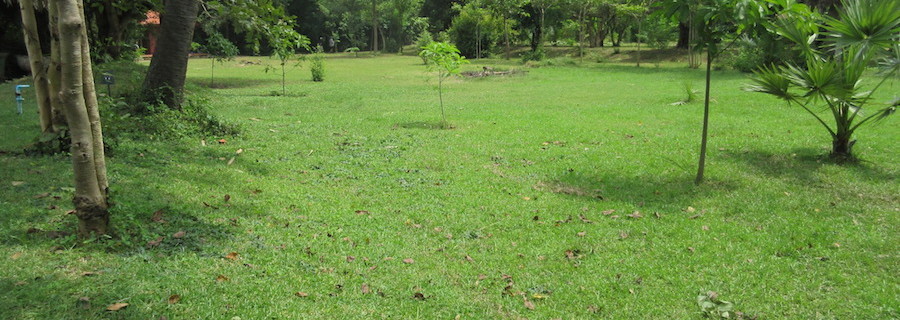
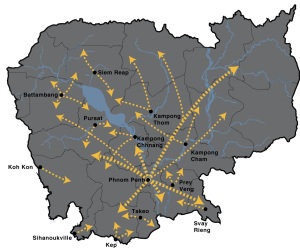
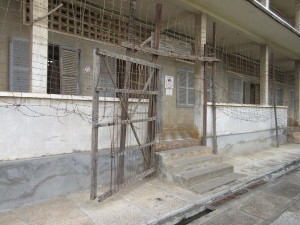
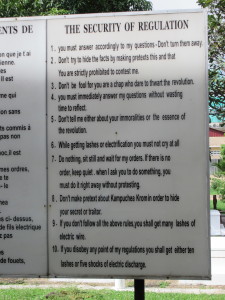
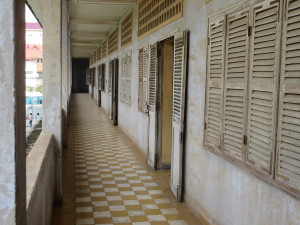
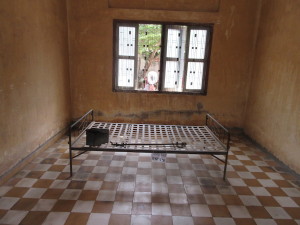
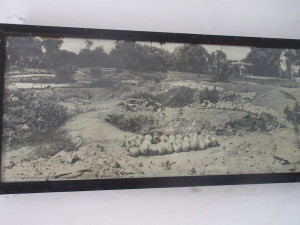
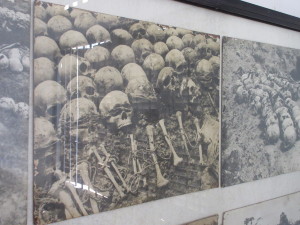
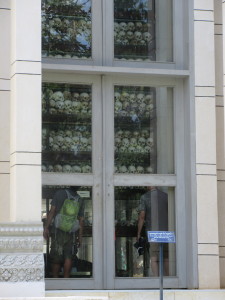
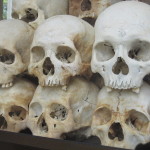
1 Comment
i know this story. visited Vietnam and also saw documentaries on the history of the American War, (named so by the Vietnamese) and also of the many years after…
it broke my heart, and i so much so i don’t think i am able to re visit this beautiful country…